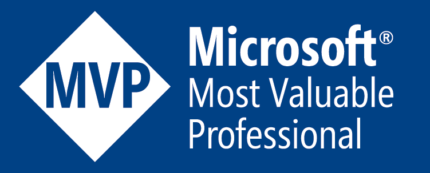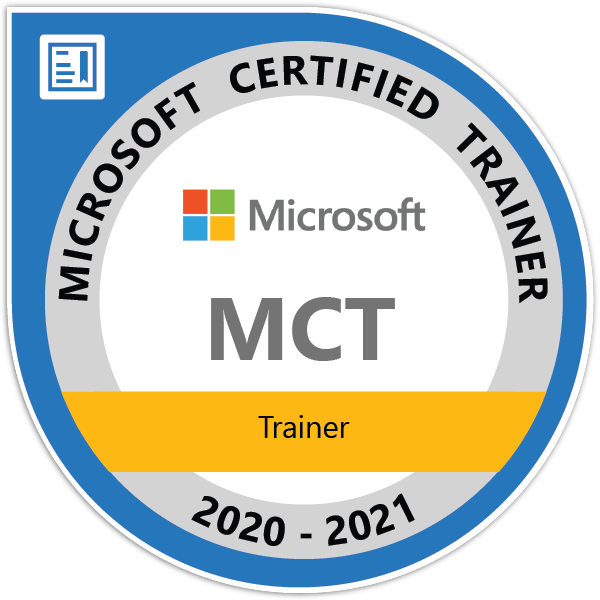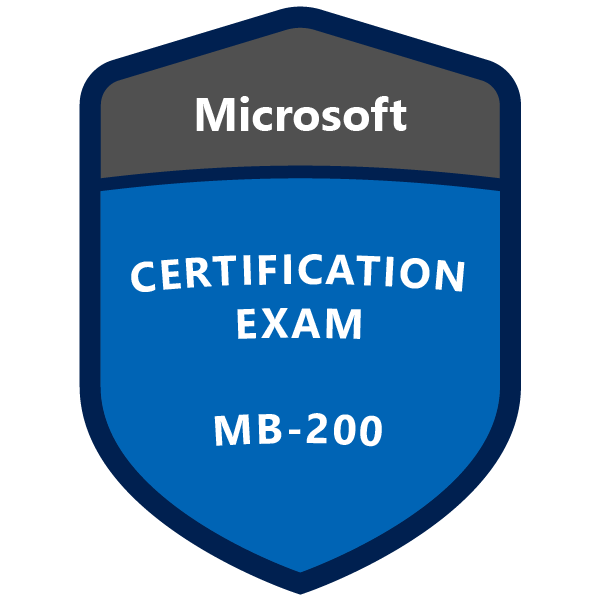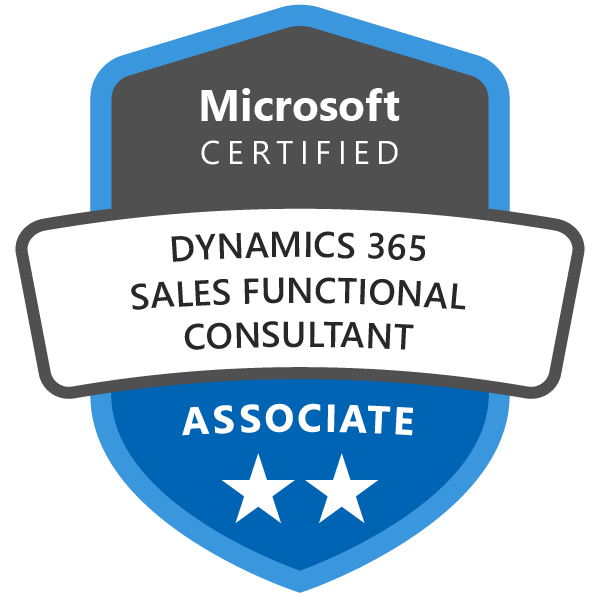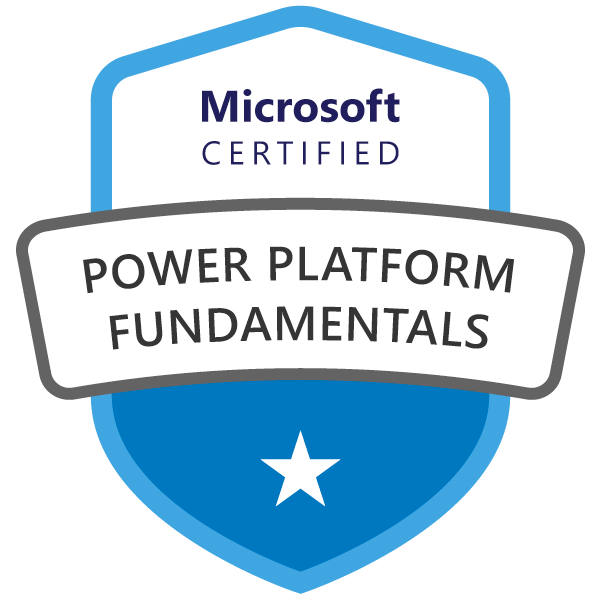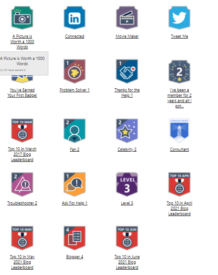Auditing in Dynamics CRM
Overview
Organizations often need to be in compliance with various regulations to ensure availability of customer interaction history, audit logs, access reports, and security incident tracking reports. Organizations may want to track changes in Microsoft Dynamics CRM data for security and analytical purpose.
Microsoft Dynamics CRM supports an auditing capability where entity and attribute data changes within an organization can be recorded over time for use in analysis and reporting purposes. Auditing is supported on all custom and most customizable entities and attributes. Auditing is not supported on metadata changes, retrieve operations, export operations, or during authentication.
What can be audited
- Create, update, and delete operations on records.
- Changes to the shared privileges of a record.
- N:N association or disassociation of records.
- Changes to security roles.
- Audit changes at the entity, attribute, and organization level. For example, enabling audit on an entity.
- Deletion of audit logs.
- When (date/time) a user accesses Microsoft Dynamics CRM data, for how long, and from what client.
What cannot be audited
- Audit of read operations
- Audit of metadata changes
- Audit of text blobs, notes, and attachments
Key Notes
- You can enable or disable auditing at organization level, entity level & attribute level.
- If auditing is not enabled at organization level, auditing of entities and attributes will not work, even though the auditing is enabled at entity and attribute level.
- By default, auditing is enabled on all auditable entity attributes, but is disabled at the entity and organization level.
- Auditing data is recorded over time (quarterly) in partitions called as Audit log.
- Display of Audit history is privilege driven. Users must have View Audit History, and View Audit Summary privilege.
- Audit history data is stored in entity called as audit
Practical Steps
- Enabling Auditing
- Viewing Audit Summary
- Auditing viewing Privileges Overview
- Managing Audit Logs
- Disabling Auditing
Check out the video tutorial here for more understanding
Auditing Area

Privileges snapshots of Auditing

T H A N K Y O U
Comments | Share | Like | Subscribe
Don’t miss the chance to participate in the upcoming Internship Program which will be done using Microsoft Dot Net Web Development Full Stack Technology. The new batch will be starting from May 20, 2024. We will have most experienced trainers for you to successfully complete the internship with live project experience.
Why to choose Our Internship Program?
Industry-Relevant Projects
Tailored Assignments: We offer projects that align with your academic background and career aspirations.
Real-World Challenges: Tackle industry-specific problems and contribute to meaningful projects that make a difference.
Professional Mentorship
Guidance from Experts: Benefit from one-on-one mentorship from seasoned professionals in your field.
Career Development Workshops: Participate in workshops that focus on resume building, interview skills, and career planning.
Networking Opportunities
Connect with Industry Leaders: Build relationships with professionals and expand your professional network.
Peer Interaction: Collaborate with fellow interns and exchange ideas, fostering a supportive and collaborative environment.
Skill Enhancement
Hands-On Experience: Gain practical skills and learn new technologies through project-based learning.
Soft Skills Development: Enhance communication, teamwork, and problem-solving skills essential for career success.
Free Demo Class Available

